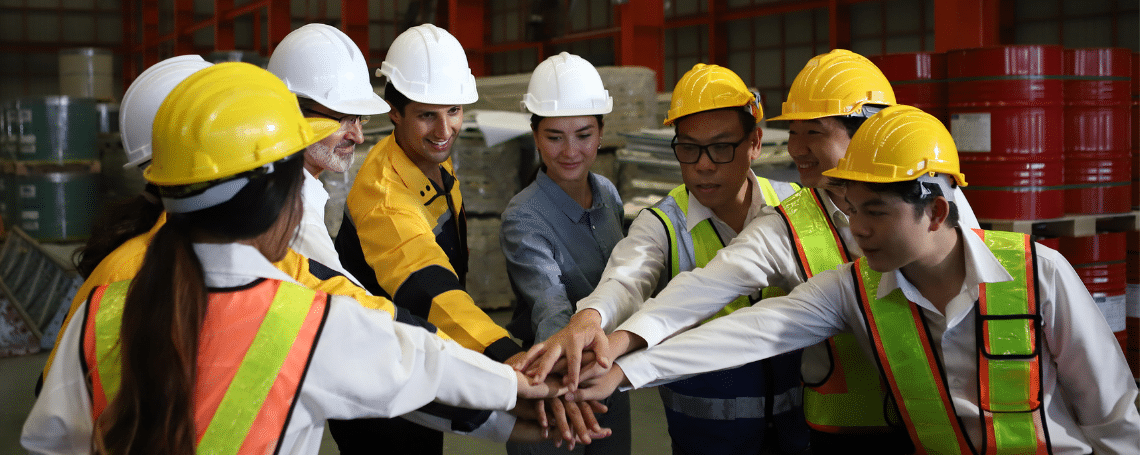When there are talent shortages, your hiring process needs to be nimble, and your decision-makers should be in a place to make offers quickly. Yet, many candidates report that it takes a long time for employers to make an offer. If organizations want to stand out as an employer of choice, they must address the risk that slow hiring processes create.
The hiring process takes too long.
While there has been minor year over year improvements in the time to hire, there is still a delay for candidates after the last interview. The Talent Board reports that 15% of candidates gave a 1-star rating of their offer experience and 60% of those respondents said that 3 or more weeks elapsed between the last interview and receipt of the offer letter. One candidate quote highlighted that it took almost three months to get to the offer stage.
For candidates who are eager to find a new job, delays could cause them to look elsewhere.
“This intricate and emotionally-charged final step in the process can bring frustration since the organization may not succeed in closing the deal—especially when the process just takes too long overall,” say authors of the TalentBoard’s North American Candidate Experience Research Report. “Time continues to be a big frustration factor with final-stage candidates.”
To avoid creating frustration for candidates, and to ensure you don’t miss out on top talent, look for ways to improve the efficiency and speed of your hiring process. There are three areas to consider that will help you reduce the time it takes to hire.
Shift the collective mindset about the importance of speed.
Some of the reluctance around faster hiring comes from a belief that accurate hires require a longer vetting process. Some hiring managers or leaders may worry that they can’t get to know a candidate well enough in a brief amount of time. Also, some organizational cultures may require excessive approval, review, or executive input.
“People aren’t products,” one leader told Scott Wintrip, the author of High-Velocity Hiring. “Picking the right people takes time. Interviews, even if they last all day, are a good investment of our time. We must make sure we’re picking the best people. Besides, good candidates won’t want to be rushed through the process.”
Changing these perceptions and behaviors requires a mind shift. That shift takes time, but if you start with small changes it can help, according to Wintrip. For example, make changes with the hiring process for one role. Alternatively, agree to run a short-term test, or come up with agreed upon timeframes that are faster than your current timelines, but long enough for people who are resistant to feel comfortable. All of these techniques can make hiring faster, and the results can help with a mind shift. Make sure you track the progress and results so that you can celebrate and socialize the positive results to gain buy-in from those who have been resistant.
Develop a hiring process that creates trust.
A well-designed hiring process allows candidates to meet the people they need to meet and have meaningful conversations that inform decisions. To have a hiring process that facilitates trust, you must have:
- A commitment to transparency and honesty. Organizations must be transparent with candidates if timelines change, or if a position is put on hold. Likewise, recruiters and hiring managers must be honest with each about their limitations and needs.
- An assigned outcome for each step of the process. Make sure that for each step of the recruiting and hiring process, you have an agreed upon goal. Use those goals as the parameters to keep the process moving. Once you’ve met the desired outcome for each goal, everyone will be more likely to trust you’re ready to move to the next step.
- Access to technology that keeps stakeholders informed and on-track. There’s no reason an organization should be delayed due to administrative tasks. Today’s applicant tracking systems allow for timely communication and easy access to the information required to make hiring decisions.
When hiring teams trust the process, they are equipped to make faster decisions. Likewise, as candidates understand that they are dealing with an organization that is efficient and that keeps them informed, it establishes their trust in a potential employer.
Use assessments to help your hiring process become more efficient and agile.
Pre-hire tests are one tool that organizations can use to simplify and streamline the hiring process. Throughout the hiring process, assessments can be used to inform and expedite decisions:
- Screening: Assessments allow you to screen people based on job fit score. Added information about a candidate’s personality traits and cognitive abilities supplement resumes.
- Interviews: Interview guides streamline conversations, offer personalized questions and suggest areas of focus to be sure to address.
- Final decisions: If your team is having trouble coming to a consensus, an assessment report provides an unbiased view.
“The appropriate use of professionally developed assessment tools on average enables individuals and organizations to make more effective decisions than the use of simple observation or random decision making,” according to The US Department of Labor.
Pre-hiring tests put every candidate on an even playing field. In these situations, it’s easier for hiring managers to facilitate a faster hire, based on objective data points.
There are benefits to hiring faster; it helps attract and retain better talent, and it saves you costs that come from open positions that take too long to fill. By focusing on an organizational mind shift that’s supported by the right processes and tools, it’s possible to make faster hiring a reality.




